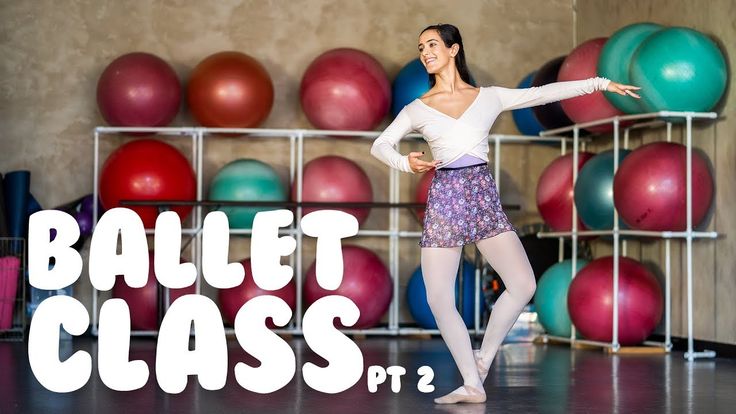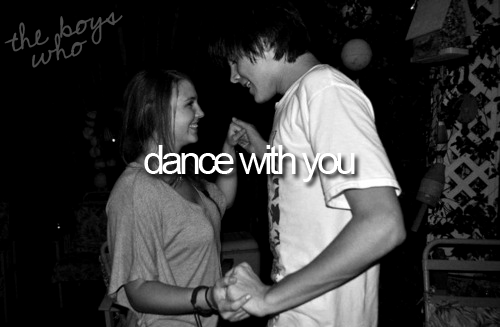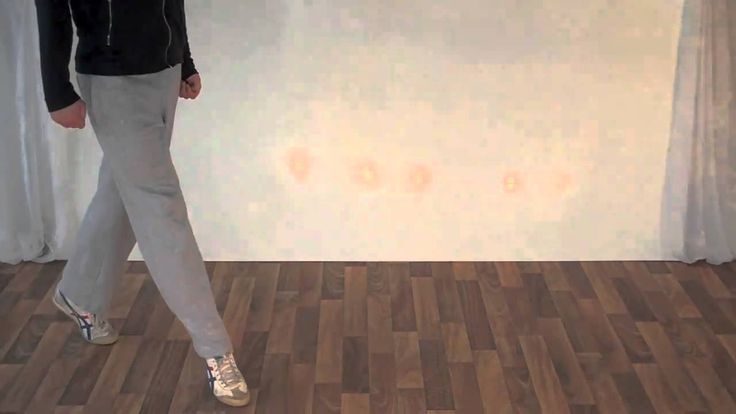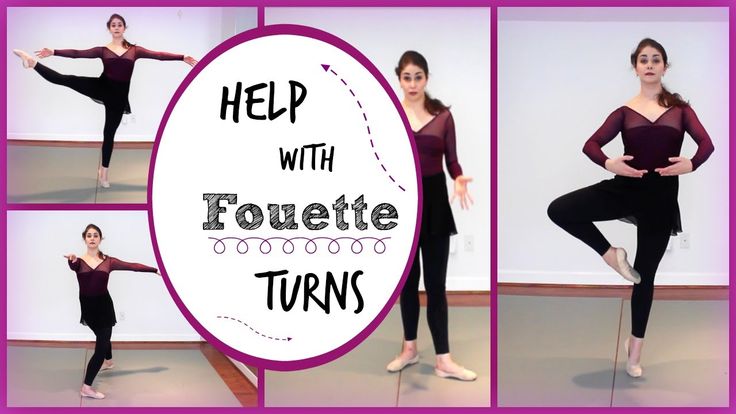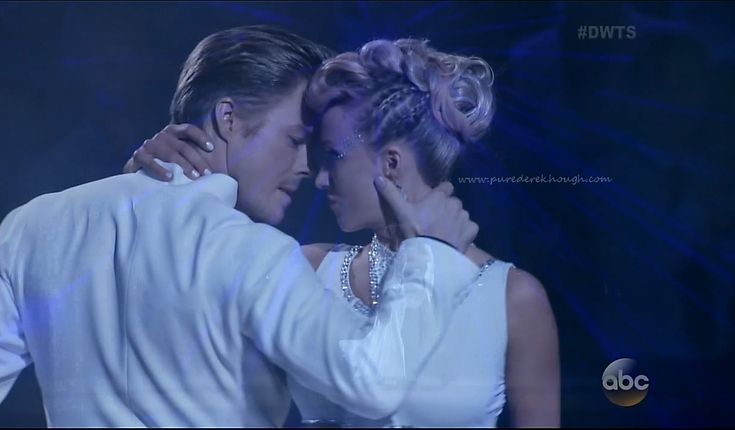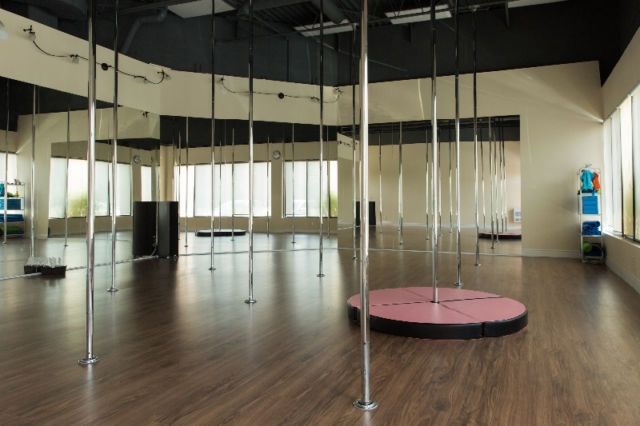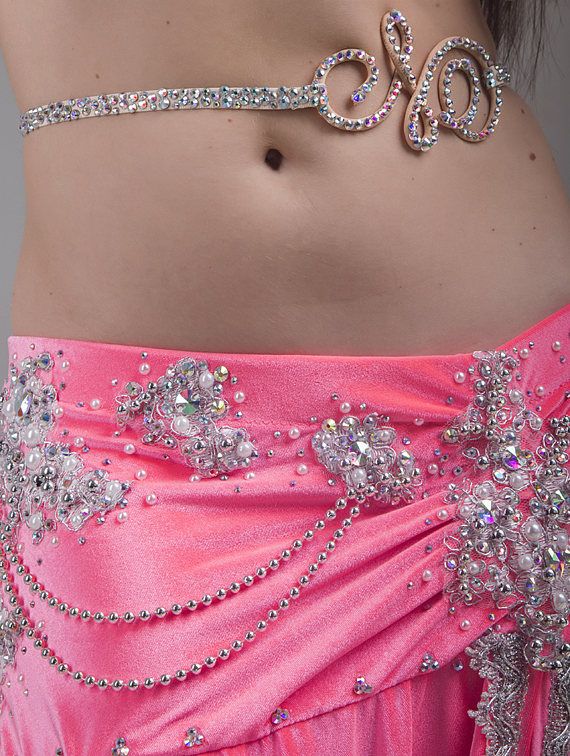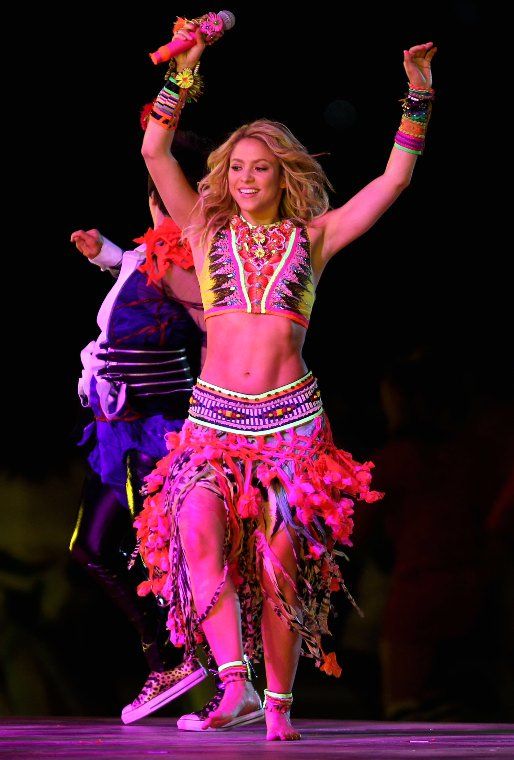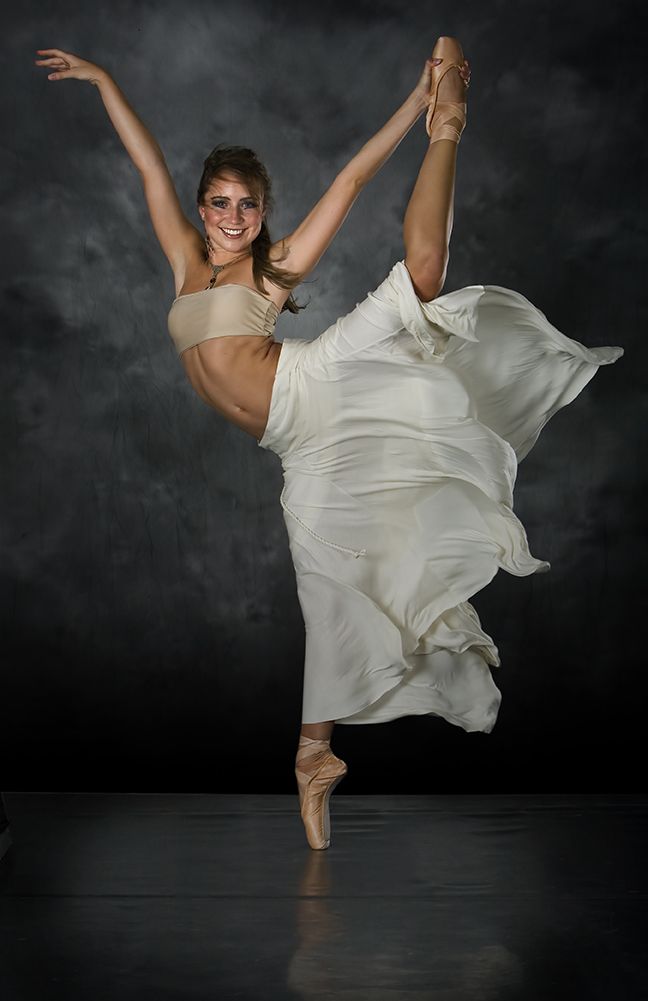How to look good at a dance
How to look good dancing, in just one lesson | Dance
I'm in a high-ceilinged studio space with whitewashed floors and bright lighting. This place doesn't look much like a nightclub and there's no party atmosphere, but I have come to dance, or at least to take part in an Introduction to Dance class: I want to find out if there is any hope for me.
Actually, I don't think I'm a terrible dancer. There was a time in my 20s when I would go clubbing without fail every week and it didn't take much to lure me on to the dancefloor. Dancing gave me the opportunity to totally lose myself; for someone like me who doesn't drink or do drugs it wasn't just intensely pleasurable – it also felt necessary. Today I am a middle-aged, married, mortgaged, fortysomething father. My opportunities for dancing have diminished, as has my confidence.
Tania, our instructor, takes us through our first moves. I hadn't realised until now how much of my dancing style was arm-based – random pointing played a crucial role in my technique. I also realise how little I was moving my legs and especially my upper body. It's almost as if I wasn't allowing myself to respond instinctively to the music and the beat.
Tania stresses the importance of relaxing the chest. She shows us how to crumple and twist our middle section by breaking it into different areas – the upper chest, stomach and hips – and trying to move one part without affecting the others. I am even asked to do something called a ripple. It's the sort of move I imagine pole dancers learn during their training, and indeed when done well it looks as if your body is undulating in musical ecstasy. It doesn't quite look like that when I do it.
Having to isolate different moves and focus on the chest, then shoulders and neck, makes me appreciate that my style of dancing is stiff rather than fluid – more Ian Curtis than Curtis Mayfield – and the way to improve that is to focus on the core rather than the limbs.
Tania's promise, or warning, that the class would be funky, meant the anodyne hip hop music we were dancing to wasn't anything I would usually subject myself to and the moves that suited the music- sudden drops with legs apart, tapping the inside and outside of one's shoes as you shake your lower leg- weren't things I could imagine doing while listening to Joy Division: good dancing demands good music.
I stare at myself in the huge mirrors, dancing to hip hop music – suddenly dropping down with legs apart or shaking my lower legs – and at first I feel self-conscious. It's hard not to enviously glance at the others as they morph into Michael Jackson and Beyoncé.
By the end of the class I am totally exhausted and just a little bit exhilarated. The most important lesson I have learned isn't any particular dance move, although that helps, but just that it is so freeing to have an outlet to dance where for an hour and a half I am not thinking about work or family or Twitter: just about how good it is to move your body to the music.
That weekend, in the safety of my living room I put on some music – Pulp's Disco 2000 – and have a dance with my wife, Bridget, and our two-year-old daughter, Laila. As I dance, I notice how much more aware I am of my body. Dancing well is about good music and good moves but it is also about realising that no one is ever too old to dance, and that the dancefloor needn't have a glitter ball – it can even have a dining table.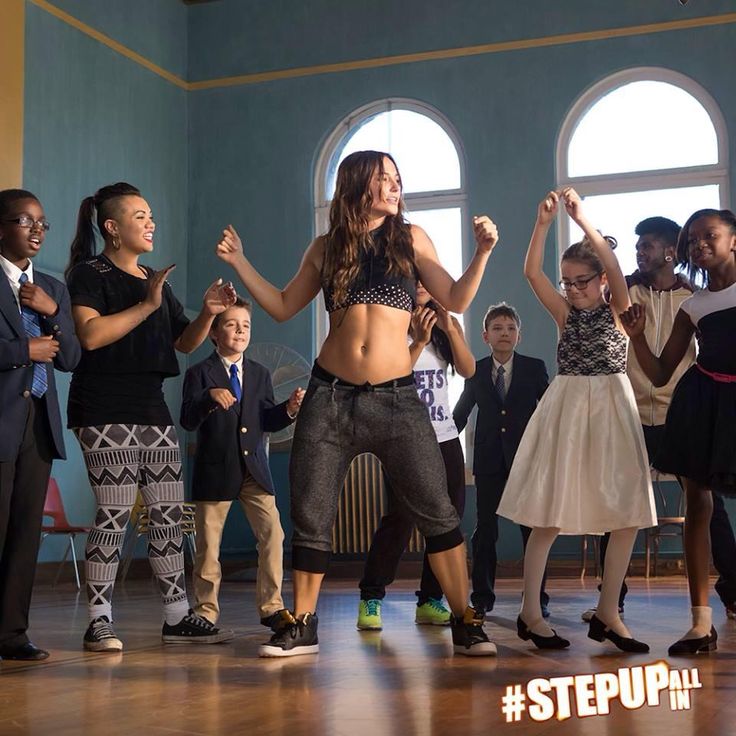
In one way it is rather ridiculous, the three of us dancing amid the toys and books, and yet in another it is perfect."Won't it be strange when we're all fully grown," sings Jarvis Cocker, and Bridget and I sing along with him. I don't wave my arms quite so much, my chest feels looser, my confidence is back, and no one is laughing at me.
Sarfraz took an Absolute Beginners class with City Academy, London
What I learned Sarfraz's top tips
1 Be confident Remind yourself you're never too old to dance.
2 Avoid the sudden drop with legs apart You're not Miley Cyrus. Also worth avoiding any move that may bring to mind the zombies in the Thriller video.
3 It's OK to close your eyes It's almost certainly not cool but it feels good to me.
4. Choose music that suits your mood Saying that, I would counsel sitting out the Village People's YMCA.
5. Don't worry about where you dance Otherwise you'll never do it – the kitchen will do.
Take it further
At a class
Frame has to be London's most fun dance studio. It hosts Classic Music Videos classes so you can channel your inner Jacko, Madonna or TLC.
On a course
Is it a while since your dancing heyday? The Northern Ballet's Keep Dancing course is for those aged over 55 who have never danced, or are a bit out of practice.Enrol for the whole course or drop in.
At a festival
The Glasto Latino tent is back. Take lessons by day to live music from one of Cuba's best "son" bands (fusion of Spanish and African music), then flaunt your new moves at night.
27-29 June.
How to look good on the dancefloor (it's not just clothes)
Modern jive | Technique and tips
ByEmmaT
When you’re watching someone on the dance floor what are your thoughts? Assuming they’re not falling over or making huge over the top movement that you can’t fail to see.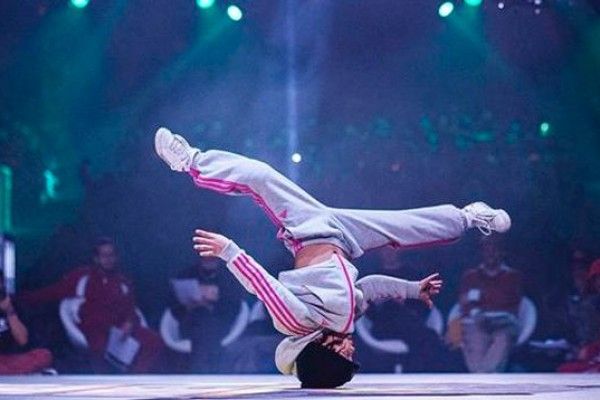 Mostly you watch people dance because they’ve got a spark, something that makes you notice them. It could be what they’re wearing. It could be they’re in the right place for your eye line. But mostly they look good on the dance floor and an eye is drawn to them.
Mostly you watch people dance because they’ve got a spark, something that makes you notice them. It could be what they’re wearing. It could be they’re in the right place for your eye line. But mostly they look good on the dance floor and an eye is drawn to them.
While social dancing isn’t about performing, feeling like you look good on the floor, will help your confidence and freedom when dancing. If you assume people are watching and laughing or talking about your dancing, it’ll make many people shy away from being ‘free’ in their dancing.
*Ad – contains affiliate links
How can you look good on the dance floor too?
Look like you’re enjoying yourself
A smile goes a long way – for your partner you’re dancing with as well as for watching people. People want to dance with others who enjoy their dancing and don’t look miserable. The latter is off-putting when you’re dancing with someone.
Focus on your partner
When we start dancing, you can often feel self-conscious. Yes, we’re social dancing, everyone on the floor together and not up on stage dancing to an audience. But people do sit around and watch others on the dance floor. So if you’re a self-conscious person try to focus on your partner and the connection you have rather than worrying about dancing in public.
Yes, we’re social dancing, everyone on the floor together and not up on stage dancing to an audience. But people do sit around and watch others on the dance floor. So if you’re a self-conscious person try to focus on your partner and the connection you have rather than worrying about dancing in public.
Listen to the music and play
So many people do modern jive and just dance the same moves to all music played. But there’s so much more to dance. If you’re dancing to a bluesy track and doing lots of spins and detailed frantic arm moves, then you’re going to look a bit silly plus your partner might feel uncomfortable dancing moves that really don’t suit.
Listen to the music, hear the beat and rhythms. Listen for the breaks. Check for tempo changes and builds in the music. All of these things and more, can be played with and explored. Certain moves work really well with different styles of music. Watching really good dancing you see musicality and how the moves work with the music.
At a basic level, make the most of the breaks in music. Leaders, give the follower time to pause, followers, when given some time and space learn to use of it.
Dance confidently
So much about dance is about confidence. You might not be the best dancer, you might go wrong. But blag it. Not only will it give you more confidence, you’ll probably enjoy the dance more. And most of the time, an audience will be non the wiser.
Pick an area of strength and work on it
If you have good dance technique, or great spins and turns, or great arms and styling, make the most of those parts in your dancing. As a leader you have much more control of the moves, and have to adapt to a partner’s ability as well as leading moves you enjoy.
- Make sure your spins are good
- Make a styling point your own (without doing it ALL the time)
- Have great balance and the ability to follow anyone
- Have clean footwork
If you know you have an area you are confident about and know you can make look good and fall back on, you can relax more about the rest of your dancing.
Dress well and wear suitable dance shoes*
If all else fails, dress to suit your dancing. Don’t be the person turning up in the tiniest mini dress and highest non-dance shoes (without straps) that you can hardly stand in. People will probably watch you, but not for your dancing.
The great thing about modern jive is that you don’t need to go all out in your outfits. Some do, but for class and for a general freestyle, be comfortable in what you’re wearing. If you’re used to heels, wear them, if you’re not, then wear flats. If you sweat a lot, wear layers, black or dark colours, and change when needed. If you love to wear dresses, wear them.
As long as your clothes don’t get you tangled up on the dancefloor, they can certainly turn some heads and potentially improve your posture, confidence and enjoyment of the dance. All of which help you look better when dancing.
What makes you feel good on the dancefloor? Do you prefer to stay in your own world when dancing, or like to be seen?
Like this:
Like Loading. ..
..
Post Tags: #ceroc#dance tips#modern jive
Similar Posts
Learn | Modern jive
How easy is modern jive dance
ByEmmaT
So many of my friends say to me they’d love to dance but can’t. Or they don’t want to look stupid. Or they won’t have a partner because their husband or boyfriend won’t give it a chance. They’re worried of looking stupid. Of course, because most of us don’t want that. But if they really…
Like this:
Like Loading...
Read More How easy is modern jive danceContinue
Modern jive | Music
Broadening musical tastes in modern jive
ByEmmaT
One of the great things about modern jive is the music. Because it can be danced to any music – from golden oldie to contemporary pop, from dance to latin.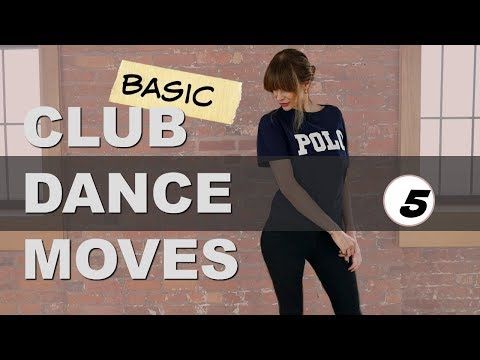 While main room music tends to stick to a similar 4 count beat, within a tempo range, more and more modern jive organisations offer specialist…
While main room music tends to stick to a similar 4 count beat, within a tempo range, more and more modern jive organisations offer specialist…
Like this:
Like Loading...
Read More Broadening musical tastes in modern jiveContinue
7 ways to improve your connection while dancing: zoukability — LiveJournal
7 ways to improve your connection while dancingPosted by Gaëlle Céline Le Vu, France
Original: https://zouksidedown.wordpress.com/2014/03/21/ 7-ways-to-improve-your-connection-while-dancing/
The article is a logical continuation of the previous one: What does your very first movement in a dance with a girl say about ...
"Connection" - connection, connection, clutch.
Connection in a dance context - such mutual understanding in a pair, when the partners seem to be connected with each other, are completely synchronized , they clearly feel the leading-following of each other and represent a single whole.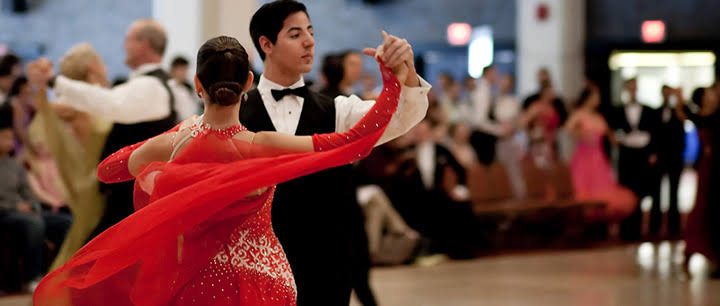 I cannot find the same capacious and harmonious analogue of the word connection in Russian, so I will use the English version. The concepts of "contact" and "relationship" are closest, but they are not quite the same thing.
I cannot find the same capacious and harmonious analogue of the word connection in Russian, so I will use the English version. The concepts of "contact" and "relationship" are closest, but they are not quite the same thing.
A dance without a connection is not a complete dance. One or both partners are immersed in themselves, focused on the mechanical execution of movements, do not feel their partner, use him as a simulator for working out ligaments. The dancers hold hands but they not together with . The ability to make many complex connections, even if they are technically perfect and you are a teacher in general (and suddenly) - does not affect the quality of the connection in your dance in any way;)
The topic is especially relevant, painful and suffered by me as a partner. You can live in peace and enjoy your role as a simulator and a moving mass, if you have never met this connection. But one day you will come across a partner with whom you will feel like you are somewhere in space, you want to dissolve in this dance.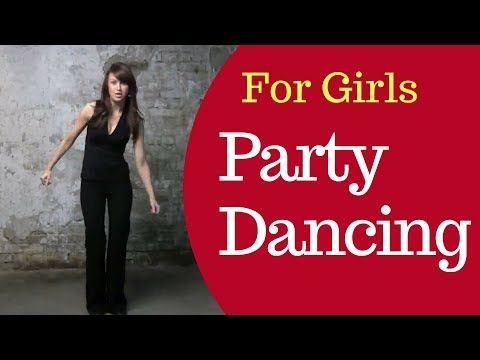 And your world will never be the same again. You'll understand what I'm talking about when it happens.
And your world will never be the same again. You'll understand what I'm talking about when it happens.
There is a lot of text ahead, but if you read everything carefully, think it over and start using it, then there will be a lot more happy smiles on the dance floor, believe me! I encourage affiliates to bookmark this article and re-read it periodically.
Ready? Go!
________________________________________
"The best thing about a hug is the charm of eternity in a couple of seconds. It's magic that allows two people to ascend to heaven in an instant."
(Anna Giacomo)
The first article talked about the benefits of hugging, building and maintaining contact in dance. But it's not always so easy: you may not quite understand how to achieve this, even if you really want to. In this article, we will look at several ways to improve the connection.
1. Feel. Enjoy the moment.
Don't let the hug be purely mechanical: don't automatically put your hands on your partner while you look around and think about the next move. Enjoy this moment, close your eyes (while you are standing still, it is not necessary to check what is happening around). Relax, open up to your partner, let her relax with you. Be attentive to her. Maybe she smells like sweet perfume, or maybe she's sweating a little. Or she gets nervous and thanks god just for that0008 , you have time to be with her before the dance begins. Maybe she's excited and looking forward to having a great time. Maybe you can hear how fast her heart is beating. Perhaps she is too tense: she is tired, which means that your dance should be easy, or is she just nervous and you will help her relax? Pay attention to these details, they can be seen. Be here and now. Your partner will know if you are not with her .
Enjoy this moment, close your eyes (while you are standing still, it is not necessary to check what is happening around). Relax, open up to your partner, let her relax with you. Be attentive to her. Maybe she smells like sweet perfume, or maybe she's sweating a little. Or she gets nervous and thanks god just for that0008 , you have time to be with her before the dance begins. Maybe she's excited and looking forward to having a great time. Maybe you can hear how fast her heart is beating. Perhaps she is too tense: she is tired, which means that your dance should be easy, or is she just nervous and you will help her relax? Pay attention to these details, they can be seen. Be here and now. Your partner will know if you are not with her .
2. Relax.
Guys... I often hear some of you say things like "but she doesn't want to cuddle" or "she doesn't want to wait." Who is leading here? I thought it was you?..
This is the first moment.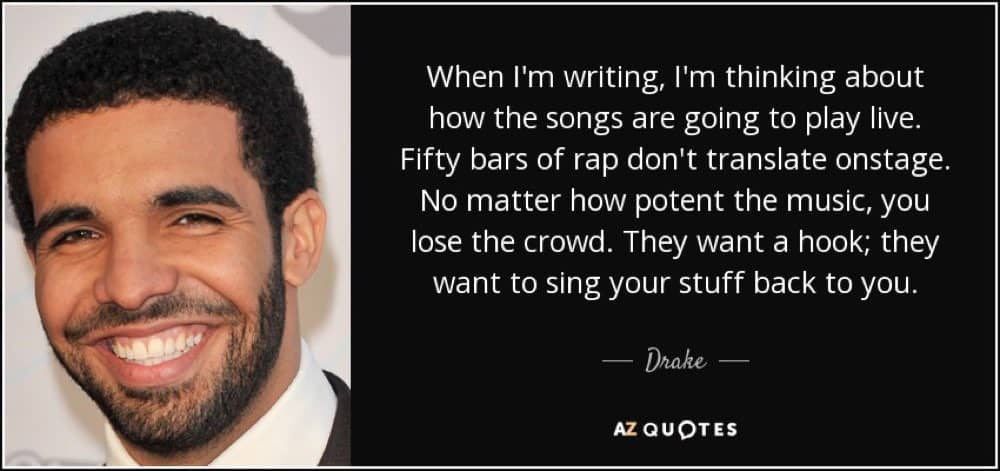 YOU are leading. This means that most of the decisions here are made by you. This does not mean that you should try to get your partner to do what she cannot do, or lead to something unnatural with her body movements, or try to perform with her the very movement that you so badly want to work out. This means that you must be attentive to her, see what is needed, and based on this, you begin to lead and show that you are here now for her.
YOU are leading. This means that most of the decisions here are made by you. This does not mean that you should try to get your partner to do what she cannot do, or lead to something unnatural with her body movements, or try to perform with her the very movement that you so badly want to work out. This means that you must be attentive to her, see what is needed, and based on this, you begin to lead and show that you are here now for her.
If you feel that your partner is walking without guidance, which is typical of many beginners, think about it: why is that? I'm sure it's often because she's nervous. An experienced partner knows how to wait for the lead, but it takes time to learn this, it's not as easy as it seems.
If you feel that your partner is not waiting for you, gently make her wait . If you see her in a hurry, slow her down . Create gentle tension in your hands, and if you really need to stop her now, you can gently press your palms or thumbs into her hands. In most cases, there is no need to use them, and therefore, when you do, your partner will feel it and will be more attentive to you. Don't follow her lead! I'm serious.
In most cases, there is no need to use them, and therefore, when you do, your partner will feel it and will be more attentive to you. Don't follow her lead! I'm serious.
Second moment. Whatever you do, your partner will try to mirror you . If you see that she is nervous and in a hurry, and you begin to hurry along with her (because sometimes you start mirroring us too), what good will come of it? On the contrary, why not force her to be attentive to you in the same way that you are attentive to her. Give her undivided attention, and then she will begin to relax and trust you => and be better behaved. Do not think that the partner does not want to lead. Once again, in order for her to feel led and patiently follow, she first needs to relax. So, if you are unable to help her relax, she will not melt in your hands and will not behave as well as she could. If you don't show that you are there for her, she will go "somewhere else" and it will show up in your dance. The dance will look and feel disjointed.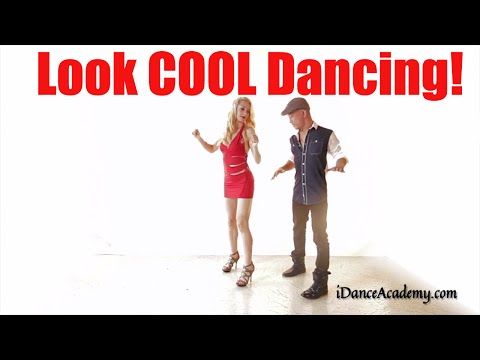
But before you can help your partner relax, you must also relax yourself. Relax your shoulders, remove tension from your neck, the girl will feel it, and then both of you will be able to feel the connection better. (Eventually, she wraps her left arm around you as you dance into a close embrace, she feels ALL of your tension.)
To recap. Relax yourself first. The partner will feel it and will also relax.
3. Touch heads.
This is optional, but a very good tool. Some partners may not want this kind of closeness with you, some of you may be too sweaty, or your shyness gets in the way. But let's assume the conditions are ideal. Use it as much as you like!
The simplest position is the close hug, but other variations can be used. For example, if you turned your partner and stand behind her, then it can be very pleasant for her to feel the touch of your head. You will feel more attentive to her, and she ... Believe me, she will be very good! But don't forget to feel it.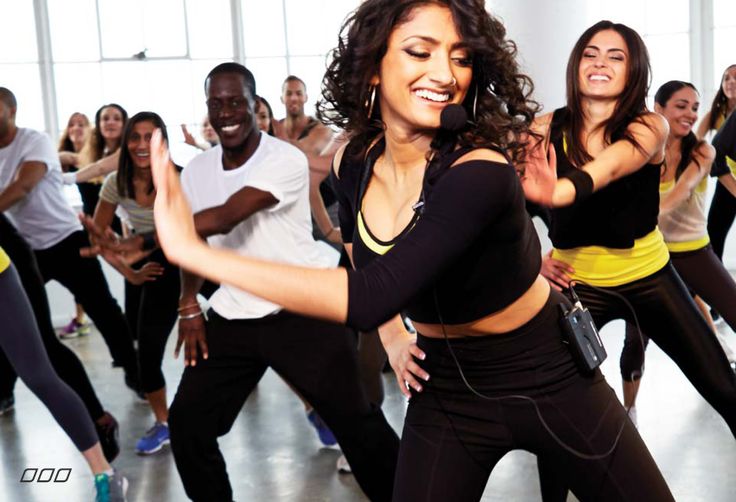 Don't do these things because you have to. Relax and enjoy them.
Don't do these things because you have to. Relax and enjoy them.
In general, think about when you can use it and use it whenever possible.
4. Look at her. Or her movements.
Vision is a very important sense for a person. Let's use it!
From both a practical and an artistic point of view, it will be very good and beautiful if you look at the movements that you create. You can look directly at your partner, but if you stare completely intently, then this is somehow not very good. Not looking at her at all is also unpleasant and strange. But you definitely can't go wrong if you look at the moves you're leading. Why? Because you are constantly following her with your eyes, but at the same time you are not trying to aggressively look into her soul, if you know what I mean. Are you doing a simple laterao? Engage your chest and head, let them follow your arms. Do you lead to headwork? Follow these movements with your eyes and head, then you can connect your shoulders. Add more life to your body, accompany your partner's movements with your body. The girl will see it, at least feel it. This will greatly enrich your dance and add depth to it. Just think about what you are focusing on.
Add more life to your body, accompany your partner's movements with your body. The girl will see it, at least feel it. This will greatly enrich your dance and add depth to it. Just think about what you are focusing on.
If you look somewhere else and at other couples, it looks like your insecurity (and this will negatively affect the connection, you are the host), or even as rudeness if things are really bad. Most likely, the partner will think that you are too shy and will try to understand you. Be careful with the image you create. Just focusing on the right things will already give you a huge advantage and make you feel better.
!!! This does not mean that you should not watch where you are going.
If you want to lead to a movement that involves moving in space or amplitude work with the partner's body, first look, WHERE you will lead her, and then lead . This way you will avoid clashes with other couples and add some style to your dance, because.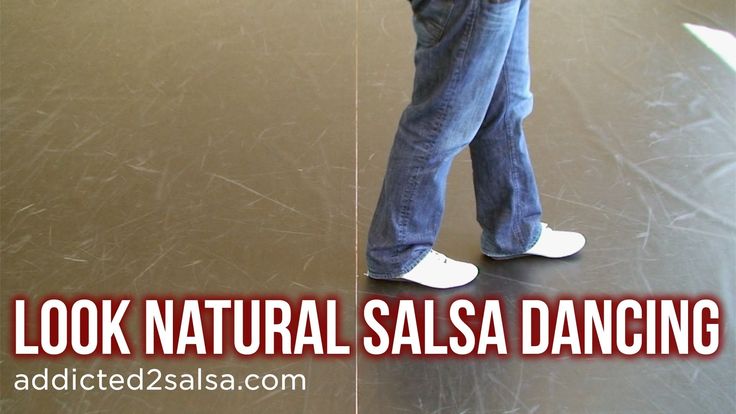 your gaze will predict the next move.
your gaze will predict the next move.
Remark: very often the partners do not take into account the amplitude of the lady's head movement on headwork, different rotations, etc. Even if the partner stands with her feet in one place, the amplitude of movement of the upper part of her body can be greater! It is very unpleasant in rotation to crash your head into another pair.
5. Vary the tempo.
Yes, girls are sometimes too demanding, and learning to lead can be difficult. But if you practice, it will get better and easier.
One of the things girls go crazy over is musicality, or let's call it changes in speed for now. From simple, you can lead to some movement and in the process change its speed. It works with anything, anywhere, anytime.
The easiest way to use it is when driving. It doesn't matter if you are opposite, or to the side of your partner, or behind - imagine that you are taking her for a walk. Listen to music. If you hear a fast succession of accents or a melody build up in speed, why not speed up your walk? If the speed of the music is the same, then you can go at a steady pace, or play around and change the speed as you like. Why not? If the music slows down and you are walking at a normal speed, don't get hung up on the 1-2-3 count, you can use slow and the second quick, and skip the first one (tum chik chik). Or you can slow down even more and use only the slow beat (tum chik chik) Everything is possible.
If you hear a fast succession of accents or a melody build up in speed, why not speed up your walk? If the speed of the music is the same, then you can go at a steady pace, or play around and change the speed as you like. Why not? If the music slows down and you are walking at a normal speed, don't get hung up on the 1-2-3 count, you can use slow and the second quick, and skip the first one (tum chik chik). Or you can slow down even more and use only the slow beat (tum chik chik) Everything is possible.
Just add variety to your movements, don't dance at the same pace all the time, play with the music. Play with your partner. With great probability, this will increase her attentiveness, she will have to become more attentive to you, and the connection will become better.
6. Keep in touch.
One of the main rules of a good connection is to keep in touch. Have you ever had a professional massage? Have you noticed that the massage therapist constantly keeps in touch with you? Even if he needs to take oil or something else, he tries to keep contact with you with one hand.
If you lose contact, you need to rebuild it. And if the connection was not very good, then you run the risk of destroying everything that you have just achieved. One of the easiest ways to maintain contact is to place your right hand on your partner's back as she makes a simple turn and now has her back to you. This is not just a rule of "good technique", it allows the partner to feel you and understand where you are. She will know that you are still here.
If you follow this simple rule well, your partner will be more comfortable and trust you more. Naturally, she will not be able to explain why she felt this way, she will remember the dance as "it was very nice." But you know ;)
It's the little things that make for a great connection, and therefore a great dance.
7. Waves and other bodywork .
Last but not least. In a conversation on this topic, I cannot but mention the waves.
There are very, very many options for the execution of waves, you can write a separate article about this.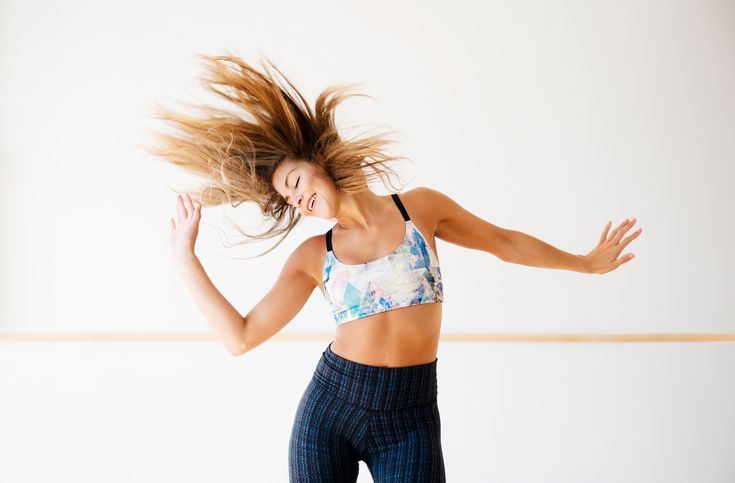 But within the topic of connection, distance and tone are of key importance.
But within the topic of connection, distance and tone are of key importance.
Partners:
Pay close attention to your partner's hand on your back. Do not arch your back, do not try to walk towards your partner if he is not leading. He will lead, not you. Be sure to pay attention to this moment. Most likely you think that this does not apply to you, but my experience of conducting for a partner shows that 80% of girls do not feel and do not understand my hand on their back. Every time I have to explain that I need to lightly press my back into my hand , and then I can feel the connection. Focus on your back, feel your partner's hand. If the hand moves away, then you follow it! Once you work on this, you will be much better behaved. Just give light pressure to your partner's hand and let him decide when to start and end the movement, when to slow it down, etc.
For partners:
Keep a good frame, put your right shoulder and arm in place.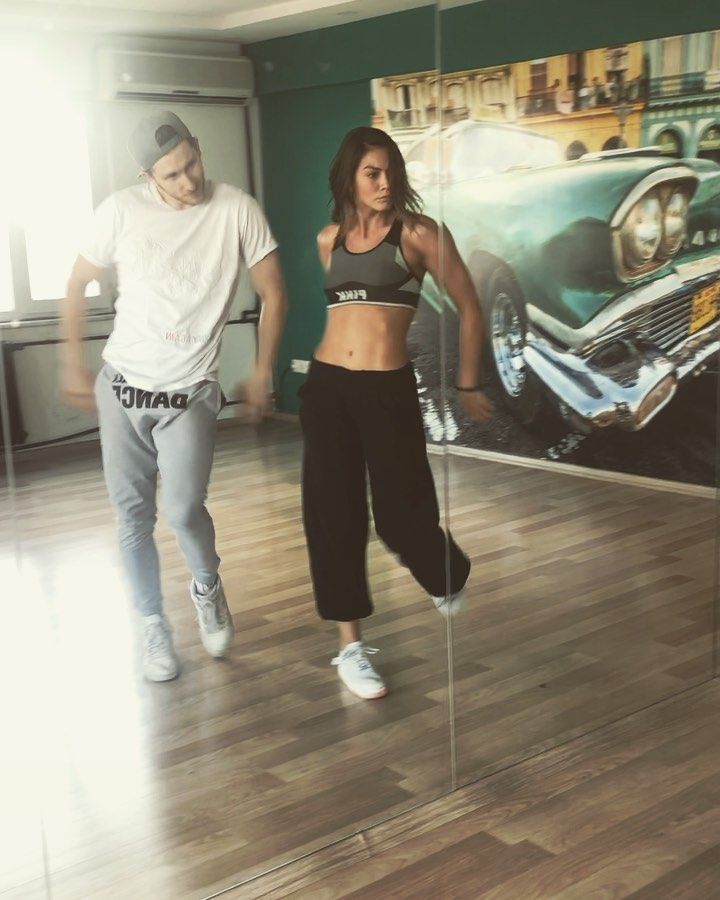 Don't twitch violently, it won't help. Stand straight, your chest is the basis on which the girl will make a wave. You can also make a small wave with her, but don't make it stronger than your partner, it looks very strange.
Don't twitch violently, it won't help. Stand straight, your chest is the basis on which the girl will make a wave. You can also make a small wave with her, but don't make it stronger than your partner, it looks very strange.
What is the meaning of the wave? For me personally, a good wave represents good contact and tone. By tone in this case, I mean contraction (abdominal contraction) and the work of the back muscles. When you start the wave, bring your chest and ribs forward and up a little, then your belly, then your hips. When your movement takes the form of a serpentine, the energy decreases and you return to the starting position.
If the dancers do it right, I guarantee you a very pleasant wave)
Quick reminder
Feel and have fun. Relax. Feel free to touch heads while dancing, it's a useful tool. Give your partner all your attention, look at her and at the movements that you create. Change the pace to keep the her attention. Keep almost constant contact with her. Use waves and body work.
Keep almost constant contact with her. Use waves and body work.
And at the end of this article is a demo of Freddy and Andressa, in which they use a wide range of possibilities of close embrace in dance. If, after all that has been written, you still do not quite understand what a connection is, then here it is in front of you.
You can follow the announcements of new articles through the VK group: https://vk.com/zoukability
7 tips for those who want to learn how to dance
September 9, 2020Reno5Life
Dancing is a great way to make friends with your body and gain self-confidence. And yes, they can be mastered at any age.
Share
01. Choose your style
The idea here is the same as for sports: if you secretly hate yoga or iron exercises, you are unlikely to go to workouts week after week. To achieve noticeable progress in dancing, a beginner will have to practice a lot and regularly, so it’s better not to torture yourself and choose a direction that really ignites.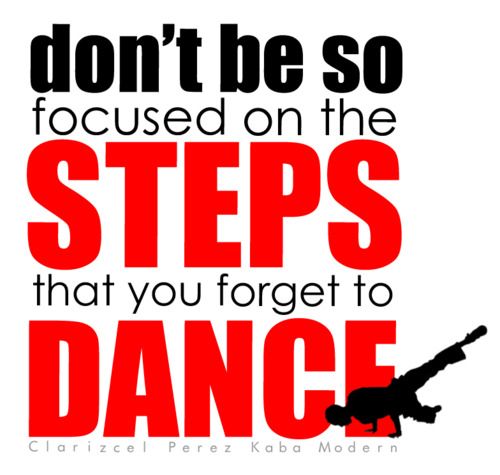
You can focus on the music that you like - from movements under it, after all, you need to catch the drive. It is music that forms the style of dance and its energy, so decide what is closer to you: for example, funk lovers should try popping or locking, folk fans may like Irish dancing, and if you respect jazz, swing and everything like that, take a closer look at lindy hop.
Another criterion is the nature of the movements. Some are closer to dynamic, as in hip-hop, others are smooth and sensual - for this in tango. There are also health restrictions to consider. So, twerk is not suitable if there are problems with the lumbar spine, with sore knees it is better not to get involved in shuffle, and it will be difficult for an aged person to master house.
2. Set a goal
Photo: Iakov Filimonov / Shutterstock You can start dancing at any age, but it's important to keep in mind why you started it in the first place. It is perhaps too bold to expect that in half a year of classes it will be possible to reach the level of international dance championships from scratch. But if you want to try dancing in order to develop plasticity and learn to feel the body better, great, go ahead.
But if you want to try dancing in order to develop plasticity and learn to feel the body better, great, go ahead.
Don't expect everything to work the first time. When you learn from scratch, difficulties are absolutely normal, the main thing is not to score in classes. Over time, both the correct posture and a beautiful gait will be developed, and as a bonus you will also get self-confidence - with freedom of movement, freedom from complexes will come.
3. Don't give up on sports
Some dances in themselves make for a good workout. A vigorous shuffle will replace cardio, and a break can give a load to almost all muscle groups. And yet, without preparation, it will not be easy. A more or less good stretch is needed in any type of dance, and, for example, strong arms and strong abdominal and back muscles are also useful for pole dancing. You can combine dancing with strength exercises, but you need to give the body time to recover and not plan classes in a row, but allocate at least a day of rest between them.
And don't forget to warm up before dancing. So that the training does not end with an injury, the muscles and joints need to be prepared for the load. You can allocate 10–15 minutes for a warm-up, it should include simple articular gymnastics (at least elementary rotational movements of the shoulders and knees), tilts and dynamic stretching.
4. Take some lessons from a trainer
Especially if you have never danced before. Those with experience can learn new styles at home with video tutorials, but that's because they already know how to control their bodies. Beginners are unlikely to succeed, but disappointment in themselves and demotivation are guaranteed - if you can’t repeat elementary movements, then there’s no point in doing it.
Actually, there is nothing strange here. Without preparation, it is difficult to just take it and start moving freely. At least the basic elements are better to master under the guidance of a pro, and when you feel that you are coping, supplement these lessons with home workouts.
5. Learn something new in every class
When you repeat the same set of exercises and movements over and over again, classes turn into a good way to pass your free time, only you can forget about progress. Acquaintance with new elements is the same mandatory part of any workout as a warm-up. It doesn't matter if you work with a mentor or on your own.
Do not immediately try to copy cool dancers. First, study the basic movements, then try to combine them into bundles until you hone them to automatism, and then experiment and improvise, creating something new based on familiar elements.
6. Record yourself on video
You don't need to record your entire workout from the warm-up on, just record the moments you have problems with. These can be separate movements or bundles that are not given in any way. Review the video and, if possible, objectively assess what is wrong: perhaps there are technical problems that are difficult to notice in the process. When you understand what's wrong, try to repeat the movement and record it on video again - and so on until you achieve a good result.
When you understand what's wrong, try to repeat the movement and record it on video again - and so on until you achieve a good result.
This approach will help you find errors and track progress. You can not even limit yourself to memorized ligaments, but improvise - then see how it looks from the outside.
7. Find like-minded people
Photo: Iakov Filimonov / ShutterstockIf you need an extra reason not to miss classes, then meeting new people can be a good motivation. It is easier here for those who train in a group. Often the dance school becomes the center of a close-knit community, where people come not only for the sake of classes, but also just to spend time together at dance parties.
Finally, the more partners around, the more experience. Do not limit yourself to dancers of your level of training and practice with those who are stronger or weaker than you. In the first case, you will be able to improve your skills, and in the second, you will try yourself as a coach - this, by the way, is a good way to learn to take more initiative and understand the very principle of movement in dance, and not just memorize the alternation of chords.